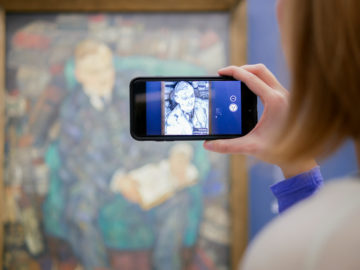Personality
Each human has his own individual feelings and expressions. Why devices can’t become character-like personalities with feelings and expressions? Devices helping us manage our day to day like a butler. Imagine the communication between human and device is like a common communication between your family and friends. It will recognize your feelings and will counteract to it. It will learn by itself rather than become more smart and quick, the more you use it.
On the other side, it could show you how the status is, for example the battery is low or something is defect. It can tell you through color, morphing surface or even sound. It will be a visualization, that presents and responds to your words, habits and emotions, with its own language using haptics with shape changing interfaces.
Next step could be to implement such an idea to a car. Every autonomous car should have a personality, because an autonomous car will serve and act like a butler or friend.
Protoype
Associations
Soft, adorable, sleek and round can be associate with a friendly appearance. Friendliness describe the appreciative, respectful and benevolent behavior of a person, but also the inner benevolent predisposition towards his social environment.
Spiky, angry, rough and sharp can be associate with an unfriendly appearance. The images shown above can be perceived as a threat, aversion to someone, as well as a warning sign.
The surface of an object is important as well, it also reflects the characteristics of the object. Not only the appearance tells us a story about the state or character. Furthermore by the human senses a feedback will be generated automatically is something cold, warm, smooth or rough.
In the design the gender can be considered as well. A female character is more associated with soft and rounded shapes. The male character is associated with angular and sharp shapes.
Literatur:
– Paul Watzlavick; Die Menschliche Kommunikation
– John M. Carroll: Designing for gesture and tangible interaction


